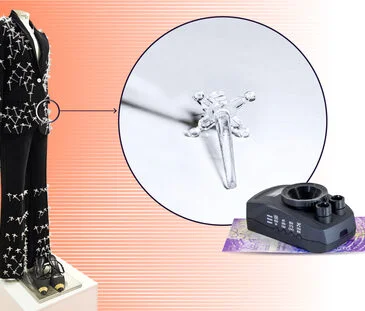Q: Should we distinguish between Donald Trump wanting a stronger CNY/JPY and wanting a broadly weaker dollar?
A: Yes. Mr Trump’s focus is on the competitive advantages enjoyed by China and Japan from weak currencies. During his last Presidency, he avoided going near a weak dollar policy. Assuming he has sensible people at the US Treasury, the risk of a weak dollar policy destabilising US Treasuries, driving borrowing costs up and equities lower, would likely discourage the UST from actively pushing for such an FX policy.
Q: Will US Treasury FX policy make much of a difference anyway?
A: The macro context will be key. Were Mr Trump to win the Presidency and Congress and then extend tax cuts while broadly raising protectionism to a new level, then this would be a dollar-positive policy mix. And the ongoing threats against the alleged undervalued renminbi (while still present) would not have much impact on the FX market. Should the economy weaken for whatever reason, the pressure to seek more stimulus through a weaker dollar will grow. In reality, a newly-elected Trump cannot try to suppress China (= less CNY demand), create four years of unprecedented US prosperity (= stronger USD), and really expect USD/CNY to trade lower.
Q: If UST did try to push a weak dollar policy, how far could the dollar fall?
A: We have models that try to gauge ‘risk premia’ in pairs like EUR/USD. For example, how far could EUR/USD trade away from levels suggested by short-dated rate spreads, yield curves and global equity markets – inputs which normally work quite well in determining short-term pricing. Our chart below shows that over the last 10 years, EUR/USD has traded +/- 5-6% around its short-term fair value, which could be a way to isolate/evaluate the impact of any weak dollar policy from the UST.




